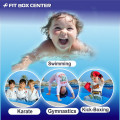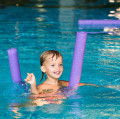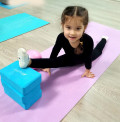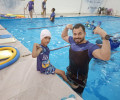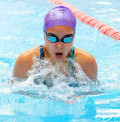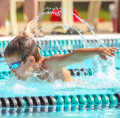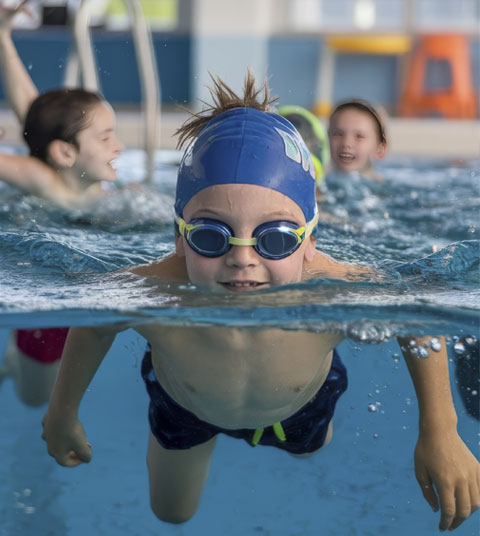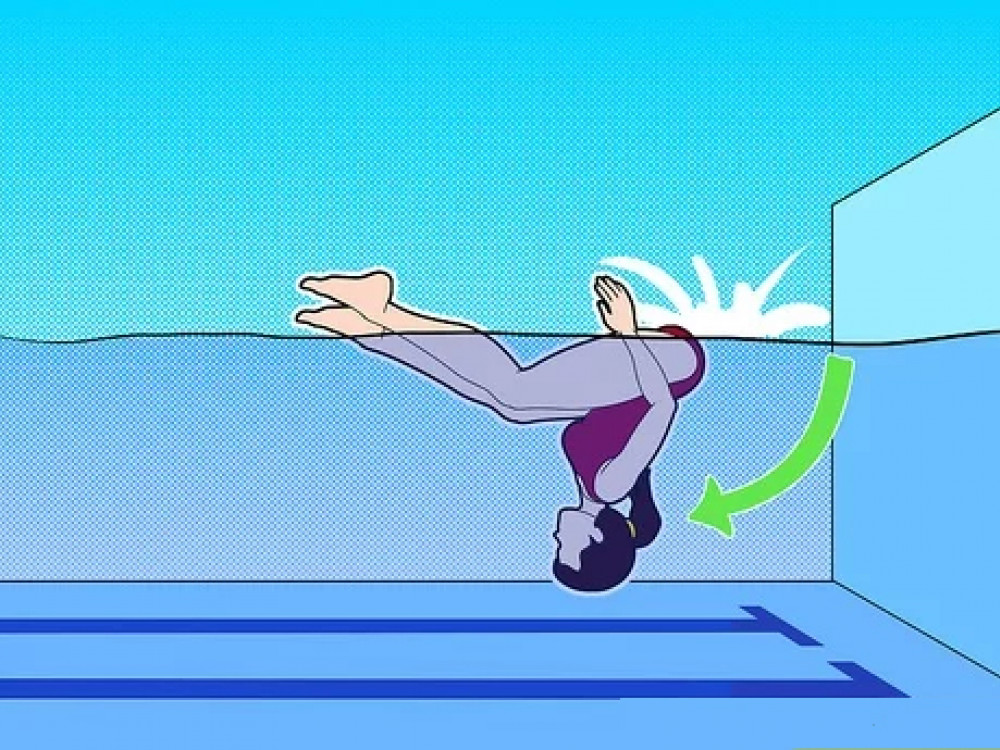
Flipping in Water for Kids – A Fun and Beneficial Activity
2024-11-16 - swimmingWater play is one of the most enjoyable activities for kids, and flipping in water takes it to a whole new level. It’s not just about fun—it’s also a fantastic way to help children develop physical, cognitive, and emotional skills. Let’s dive in (pun intended) and explore why flipping in water is such a beneficial and enjoyable activity for kids.
Why Water Activities Are Important for Kids
Water activities are much more than a way to beat the heat. They contribute to a child’s overall development. Swimming, splashing, and flipping engage both the body and the brain, fostering a love for active play and boosting confidence in the water.
What Is Flipping in Water?
Flipping in water involves performing rotations, like somersaults or flips, while submerged or at the surface. These movements are not only fun but also great for improving balance, coordination, and confidence in swimming skills.
Benefits of Flipping in Water for Kids
Physical Benefits
Improved Strength and Coordination
flipping in water challenges the body to work against resistance, improving muscle strength and coordination. It’s a full-body workout that feels more like play than exercise.
Enhanced Flexibility
Regular flipping helps children stretch and move their bodies in new ways, enhancing flexibility and agility.
Cognitive Benefits
Boosting Confidence
Successfully flipping in water can make kids feel accomplished, building self-esteem and encouraging them to take on new challenges.
Encouraging Problem-Solving Skills
Learning how to flip involves understanding body movements and spatial awareness, which improves cognitive abilities.
Emotional Benefits
Stress Relief and Relaxation
Being in water has a calming effect. Combining it with fun activities like flipping can help kids release stress and feel relaxed.
Building Resilience
Flipping can be tricky at first, but mastering it teaches perseverance and resilience.
How to Get Started with Flipping in Water
Choosing the Right Environment
Safety Precautions
Always ensure adult supervision and follow pool safety rules. Clear the area of potential hazards.
Ideal Pool Depth
A pool with sufficient depth (around 4-5 feet) is best for safe flipping.
Equipment and Accessories
Floaties and Goggles
These accessories make kids feel secure and comfortable while practicing flips.
Swimwear for Comfort
Well-fitted swimwear reduces drag and helps kids move freely.
Basic Techniques for Beginners
Forward Flip
Start with a tuck position and roll forward in the water. Keep movements smooth and controlled.
Backward Flip
Lean back gently, tuck your knees, and roll backward. Support and guidance from an adult can help at first.
Tips for Teaching Kids to Flip in Water
Make It a Game: Turn flipping into a fun challenge or competition.
Use Positive Reinforcement: Celebrate small successes to boost confidence.
Start Small and Build Confidence: Begin with basic moves before advancing to full flips.
Safety Measures for Flipping in Water
Supervision is Key
Never let kids flip unsupervised. Always be close by in case they need assistance.
Understanding the Risks
Educate kids about potential risks, like hitting the pool floor, and teach them how to avoid these.
First Aid Knowledge
Be prepared with basic first aid skills in case of minor injuries.
Flipping Activities for Kids to Enjoy
Underwater Treasure Hunt: Incorporate flips into a treasure hunt game.
Flip Challenges with Friends: See who can do the most flips or the most creative ones.
Encouraging a Love for Swimming and Water Play
The Role of Parents
Parents can lead by example. Show enthusiasm and participate in water activities with your child.
Creating a Fun Environment
Introduce games, music, and themed pool days to keep water play exciting.
Conclusion
Flipping in water is more than just a fun activity; it’s a way for kids to grow physically, mentally, and emotionally. By providing a safe and supportive environment, you can help your child discover the joy of flipping and build a lifelong love for water play..


